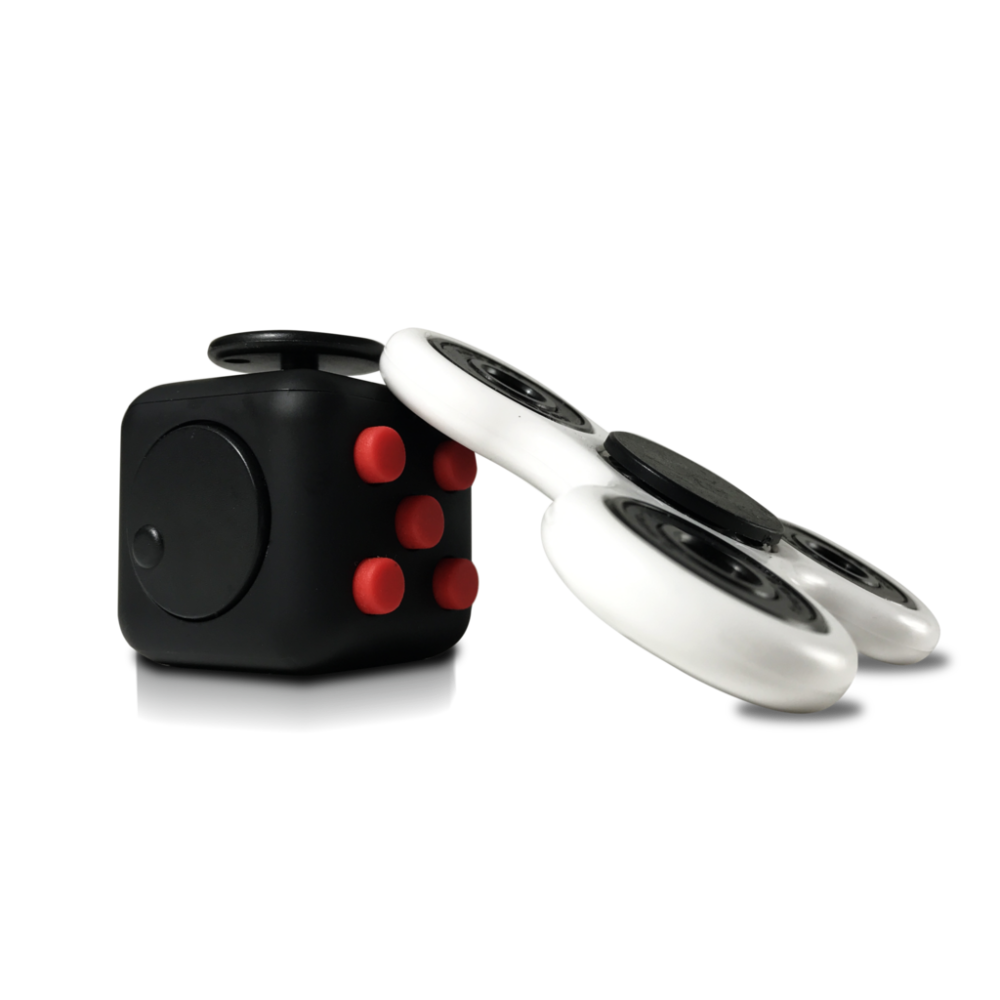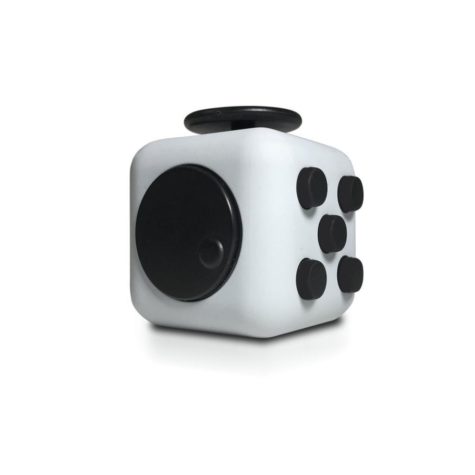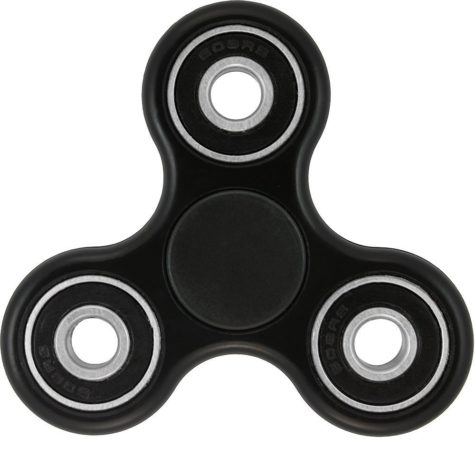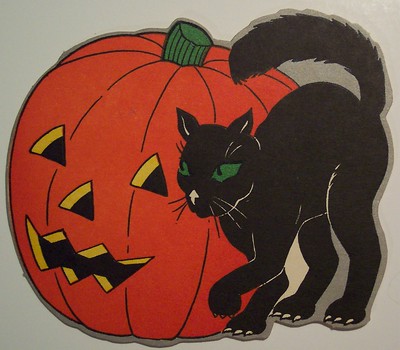Fidget Toys: What’s the hype?

April 27, 2017
You see them everywhere. On the streets, in schools, and even in offices. The fidget toy has taken over and is the next must have toy.
First appearing on Kickstarter, the Fidget toy raised nearly $6.5 million dollars from backers (investors), and is now ranked the 9th most funded project on Kickstarter.
In 2017, two fidget toys emerged, the spinner and the cube. The cube consists of multiple buttons that you can press with just one hand. You can roll gears, click buttons, glide, flick a switch, breathe, and spin small items on this cube.

While the fidget spinner is a small toy, kind of like a top, it can be spun between a user’s thumb and middle finger. With ball bearings to keep it spinning for up to minutes.

Fidget toys are meant to help users calm down and concentrate better by doing small actions
These fidget toys work the same way a person clicks a pen, rolls a pencil, squeezes a stress ball, or spins their keys.
Appearing everywhere, these fidget toys can cost up to $50 dollars, or as low as $5. But, with new designs using carbon fiber to make the fidget toys faster and lighter, the prices may go up.
NYC iSchool sophomore Lucas Rivera bought a Fidget Spinner on his way to school. “The fidget spinner helps me concentrate on my work during and outside of school.”
Another sophomore at the NYC ischool, Danny Goyette, bought a fidget cube, too. He said that “whenever I use it, I feel more calm and relaxed.”
Andrew Rivera, a sophomore at the NYC ischool, loves to do tricks on his fidget spinner. “I can balance it on my thumb and spin it really fast!”
However, like every new toy and trend, it dies sooner or later. Have you hopped on that bandwagon?













